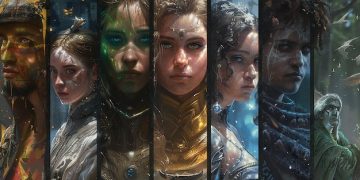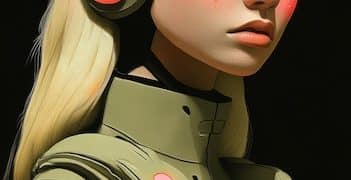The Evolution of Skin Design: Latest Trends in League of Legends Skins
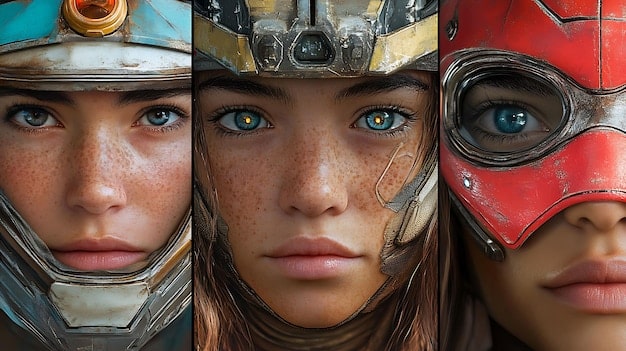
The Evolution of Skin Design: A Look at the Latest Trends in League of Legends Skins explores how Riot Games has revolutionized cosmetic customization, enhancing player experience with innovative themes, visual effects, and character lore integration.
League of Legends, a globally renowned MOBA game, is not just about strategic gameplay; it’s also about expressing your unique style through champion skins. The world of League of Legends skins is constantly evolving, with designers pushing the boundaries of creativity and technology. This article will delve into the evolution of skin design: a look at the latest trends in League of Legends skins, examining how these cosmetic enhancements have transformed over the years and what innovations are shaping their future.
The Genesis of League of Legends Skins
When League of Legends first emerged, skins were primarily simple recolors or minor model adjustments. These early skins, while still offering a degree of personalization, lacked the intricate details and thematic depth of modern designs.
Early Skin Concepts and Limitations
Initially, the focus was on providing players with a way to differentiate their champions visually. Technical limitations also played a significant role, restricting the complexity of designs.
- Recolors: Simple color swaps that offered a basic level of customization.
- Model Tweaks: Minor adjustments to a champion’s appearance, such as adding a hat or changing an accessory.
- Limited Themes: Early skins often lacked cohesive themes or narratives.
Despite these limitations, early skins were a hit with players, signaling the potential for cosmetic customization. These laid the groundwork for the artistic and technological advancements that would follow.
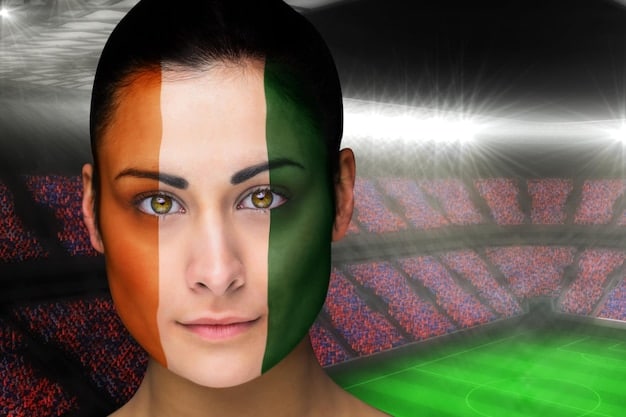
The evolution from basic recolors to complex, themed skins demonstrates the game’s commitment to enhancing player experience through visual innovation.
Major Milestones in Skin Design
As League of Legends grew, so did its ambition in skin design. Several key milestones mark significant leaps in the quality and complexity of champion skins.
The Introduction of Themed Skins
Themed skins brought coherent narratives and visual styles, such as the harrowing skins introduced around Halloween.
Legendary Skins: A New Standard
Legendary skins were game-changers, featuring new animations, sound effects, and sometimes even altered voiceovers. This set a new standard for what players could expect from high-end cosmetics. Pulsefire Ezreal was a prime example, being one of the first skins to drastically alter the champion’s abilities’ effects.
- Pulsefire Ezreal: An early legendary skin with new animations and effects.
- Battlecast Prime Cho’Gath: Another legendary skin that significantly altered the champion’s appearance and effects.
- Corporate Mundo: Showcased a humorous and thematic reinvention of the champion.
These milestones illustrated Riot Games’ commitment to pushing the boundaries of skin design, offering players more immersive and personalized experiences.
These advancements were driven by both technological innovations and a deeper understanding of what players wanted, contributing to a richer and more engaging experience.
Current Trends Shaping League of Legends Skins
Today, the evolution of skin design: a look at the latest trends in League of Legends skins is characterized by several exciting trends. These include deeper lore integration, interactive skins, and collaborations with external artists.
Deeper Lore Integration
Modern skins often tie directly into the game’s lore, enriching the narrative and giving players a stronger connection to their favorite champions. Examples for this are the Coven and Old God Skins.
Interactive and Evolving Skins
Skins that evolve or react to in-game actions provide a dynamic and engaging experience. Ultimate skins like Elementalist Lux and K/DA ALL OUT Seraphine exemplify this trend, offering players multiple forms and customization options.
These trends have significantly enhanced the value and appeal of skins, turning them into integral parts of the overall League of Legends experience.
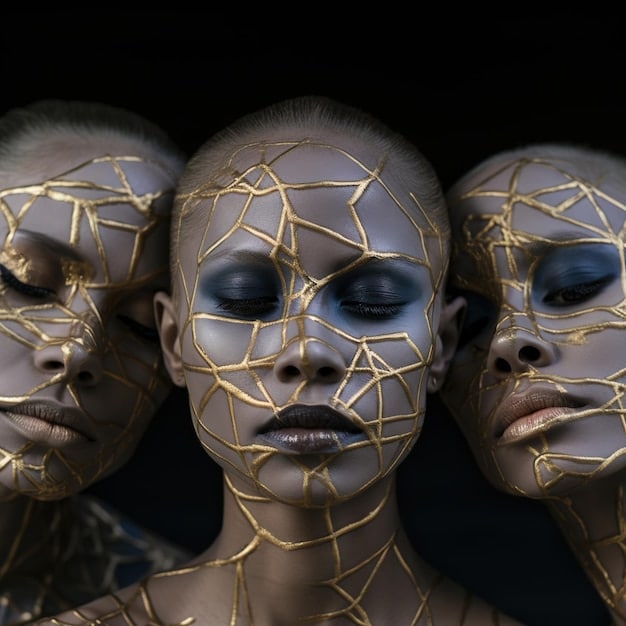
The Technology Behind Modern Skins
The advancements in the evolution of skin design: a look at the latest trends in League of Legends skins would not be possible without significant technological improvements. From advanced particle effects to sophisticated modeling techniques, technology plays a crucial role in bringing these skins to life.
Advanced Visual Effects and Particle Systems
Modern skins utilize cutting-edge visual effects to create stunning displays of light, color, and motion. These effects enhance the impact of abilities and add a layer of visual flair to gameplay.
New Modeling and Texturing Techniques
Sophisticated modeling and texturing techniques allow designers to create highly detailed and visually appealing champion models. High-resolution textures, dynamic shading, and intricate details are now commonplace, pushing the boundaries of visual fidelity.
- Improved Rigging: Allows for more fluid and realistic animations.
- Dynamic Shaders: Enhance the appearance of materials and surfaces.
- High-Resolution Textures: Provide crisp and clear details on champion models.
These technological advancements have democratized the landscape of skin design, setting new standards for what players can expect from in-game cosmetics.
The synergy between artistic vision and technological capability continues to drive the evolution of skin design in League of Legends.
The Future of Skin Design
Looking ahead, the evolution of skin design: a look at the latest trends in League of Legends skins is poised for even more innovation. Emerging technologies like AI and machine learning could revolutionize how skins are created and customized.
Potential Integration of AI and Machine Learning
AI could be used to generate unique skin concepts based on player preferences or to automatically create variations of existing skins. Machine learning algorithms could analyze player behavior to optimize skin designs for maximum appeal.
Augmented Reality and Personalized Skins
Augmented reality could allow players to preview skins in the real world or even customize their champions’ appearances using their own devices. Personalized skins could be tailored to individual player profiles, providing a truly unique and immersive experience.
These potential advancements promise to take skin design to unprecedented levels of personalization, interactivity, and visual fidelity. The future of League of Legends skins is bright, with endless possibilities for creativity and innovation.
| Key Point | Brief Description |
|---|---|
| 🎨 Early Skins | Simple recolors and minor model adjustments. |
| ✨ Themed Skins | Coherent narratives and visual styles. |
| 🎮 Interactive Skins | Evolving skins based on in-game actions. |
| 🤖 Future AI | AI-generated skins and personalized customization. |
Frequently Asked Questions
The earliest skins were basic recolors or minor model adjustments, mainly focused on providing simple visual variety. These lacked the thematic depth and intricate details found in modern skins.
Legendary skins introduce new animations, sound effects, and altered voiceovers, significantly enhancing the champion’s appearance and gameplay experience. They set a higher standard for cosmetic customization.
Current trends include deeper lore integration, interactive skins that evolve based on in-game actions, collaborations with external artists, and the use of advanced visual effects and modeling techniques.
Technology advancements, such as improved particle systems, modeling techniques, and dynamic shaders, have enabled designers to create highly detailed and visually stunning skins, enhancing the overall player experience.
Future innovations may include AI-generated skin concepts, augmented reality previews, and personalized skins tailored to player profiles. These advancements could revolutionize customization and offer unique, immersive experiences.
Conclusion
In conclusion, the evolution of skin design: a look at the latest trends in League of Legends skins has transformed from simple recolors to intricate, interactive experiences. Driven by technological advancements and artistic vision, these cosmetic enhancements continue to enrich the game.

